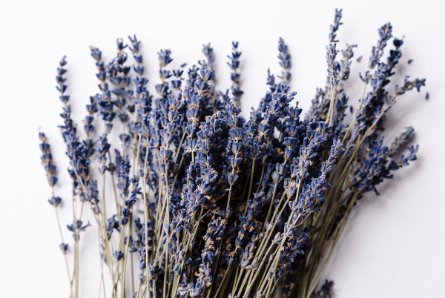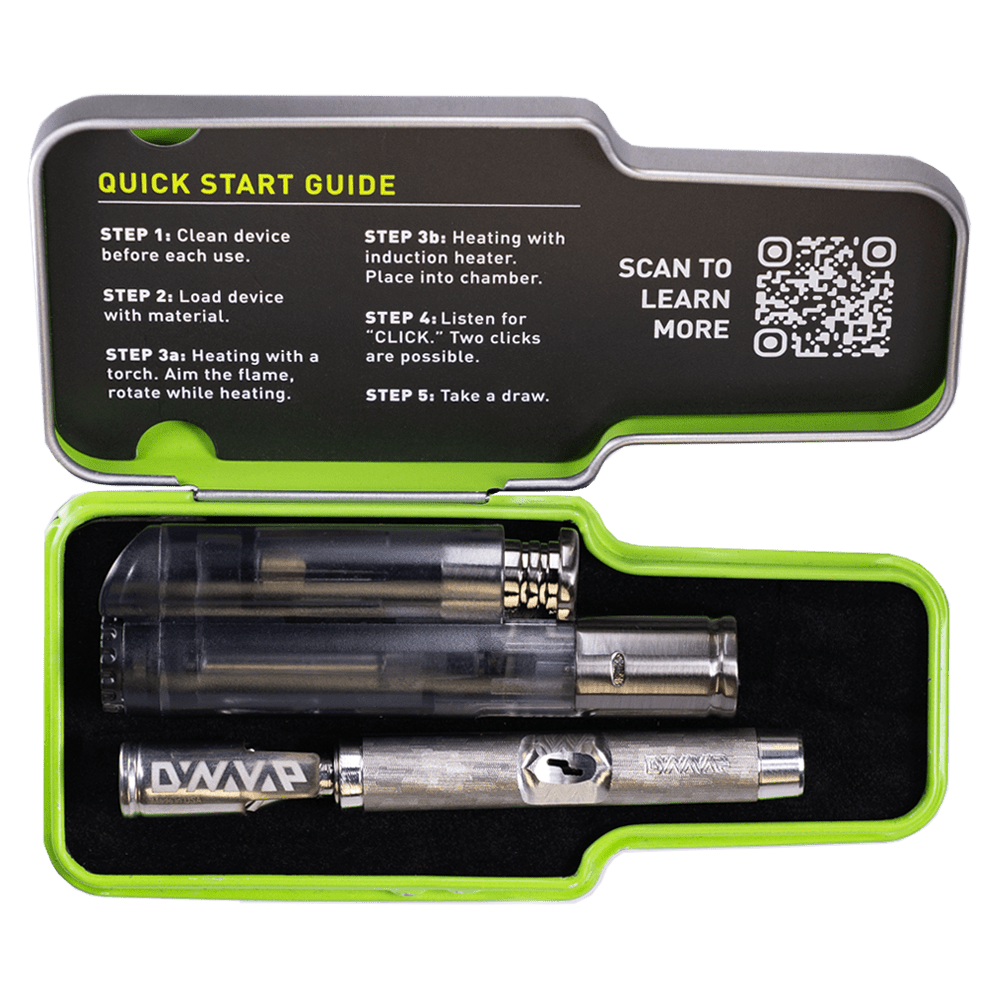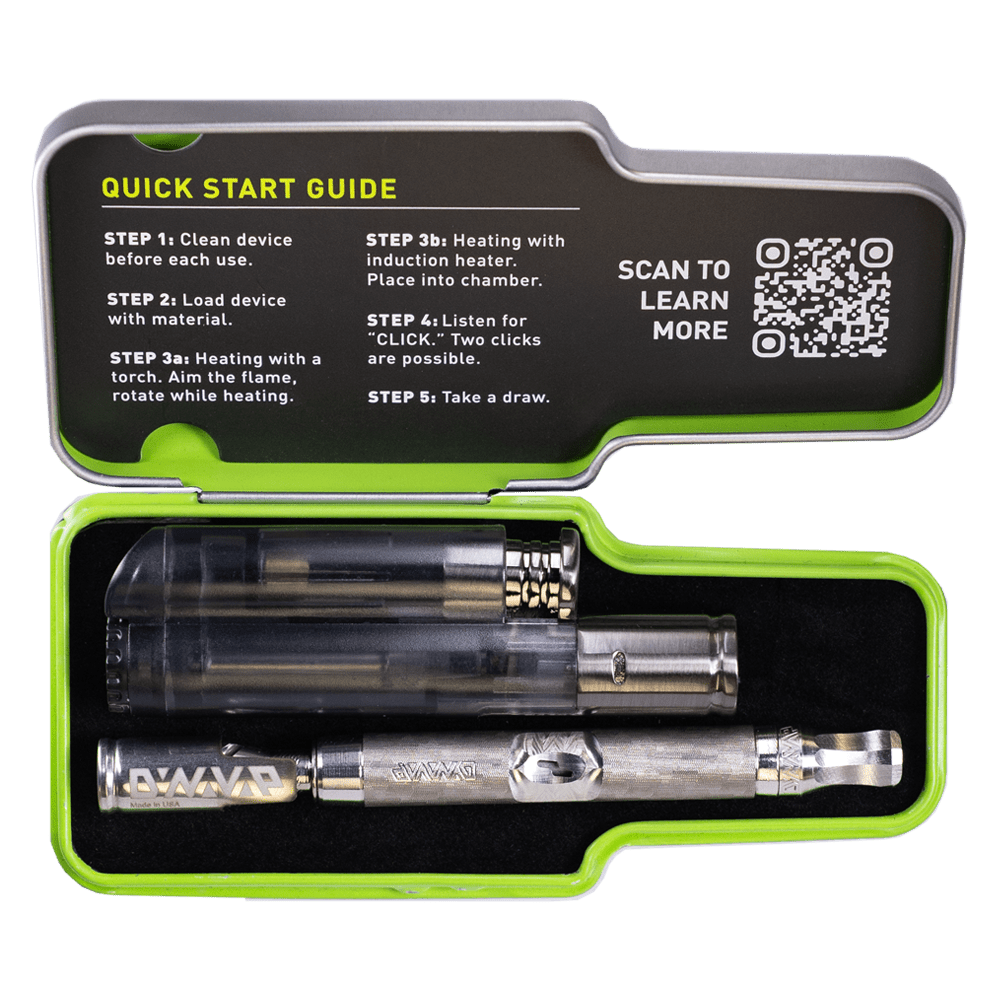We all want to ensure we get the most out of our weed. In an ideal storage scenario, cannabis can last for up to two years. While it’s true that THC potency and terpene aromatics wane over time, it’s more of a slow fade than a rapid decrease. However, weed that hasn’t been properly stored is not only lacking in potency, but can also be potentially harmful–particularly if it's been busy growing mold.
Unlike packages of gummies or bottles of tincture, dried flower doesn't often come with an expiration date. So, how do you figure out whether the old stash that’s been living in the dark corner of your cabinet is safe to use?
Signs that weed has gone bad
The good news is, it’s fairly simple to figure out whether your weed is stale. No specialized devices or fancy technology are needed–your five senses will work just fine. Weed that’s past its best-by date usually gives itself away by its smell, appearance, feel, sound, and taste.
Here’s our guide to help you determine whether weed has gone bad.
Smell
Would a rose by any other name smell as sweet? Both cannasseurs and cannabis novices alike will know that distinctive scent of fresh weed. Whether you use medical marijuana or recreational weed, fresh cannabis emits an unmistakable herbal, earthy, even skunky odor. These heady aromas are good signs that your cannabis is still packed with active terpenes. Terpenes are volatile, which means they start to dissipate when the cannabis plant is exposed to UV light or high humidity.
Old marijuana, on the other hand, lacks that crisp, aromatic bouquet. Cannabis that has other strong smells, however, may in fact be bad. Mold and mildew can release compounds that have distinctive odors–think along the lines of a damp basement, or a musty cupboard. Similarly, chemical aromas can also be a sign of weed that’s not safe to smoke because it has been drenched in pesticides. Picking up something synthetic when you smell your weed may also be a red flag.
In short, the smell test is a super easy way to figure out if there’s something suspicious about your weed.
Appearance
An old adage recommends that you shouldn’t judge a book by its cover. When it comes to judging cannabis, however, you can and totally should. Weed that has been stored in an overly moist or humid environment lacks proper ventilation, and therefore acts as a breeding ground for mold and mildew. The presence of mold or mildew are both clear indications that your weed stash should be trashed.
In general, mold often grows over the top of cannabis trichomes, which are the hair-like glandular structures that coat the buds and flowers of cannabis. Cannabis trichomes are cloudy and sticky. However, be aware that mold and mildew can look similar. Mold and mildew are also often cloudy or white, but can be distinguished from trichomes as they have a powdery, dirty appearance. Mold and mildew can also look like dark fuzzy spots, dust, or like a spider's web.
If you’re unsure whether you’re looking at trichomes or mold, you can gently break apart some of the flowers, leaves or stems. Leaves that have been affected by mold or mildew quickly die and dry out very quickly. Stems that have been plagued by mold turn brown and become fragile. Inside the buds, a telltale sign that mold has made its mark is that the central flower cluster (the cola) has become light gray, dry, and cotton-like.
If you can detect any of these signs on your marijuana, toss it out. Either smoking or ingesting mold can make you sick. We’ll explain why in later sections.
Feel
While the notion of feeling your weed may sound a little woo-woo, the truth is that touch tells a great deal. One of the clearest signs that your weed is past its peak is that it will feel very dry, dusty and crumbly. Old cannabis breaks apart into a fine powder with minimal effort, with the plant seemingly disintegrating between the fingers.
Pulling apart your nugs can also reveal other helpful insights. If your buds feel overly wet, spongy or mushy inside, it’s likely they are growing mold or mildew–or it's simply a matter of time until they start spawning spores.
Sound
Like touch, smell, and sight, sound also has useful insights to yield. Take a stem and break it. Can you hear a clear snap? Does it break cleanly in two? Flowers and stems that have been properly dried and cured will snap when you break them. This snap is a sound that suggests the bud isn’t too dry or too moist–it’s just right.
On the other hand, if the stem or bud feels spongy and makes no sound when you break it apart, it’s likely damp and moldy. If the weed is old and dried out, it won’t make any audible snap either–rather, it’ll just crumble and sound crackly between your fingers.
So, in short: snap=good, crackle=not so good, no sound=definitely not good.
Taste
Those who use marijuana often associate it with a certain taste or flavor. Weed that has been dried, cured, and stored correctly has a vibrant aromatic bouquet. However, as mentioned earlier, when terpenes start to break down due to improper storage, the bud loses both its scent and its flavor. Old bud is relatively tasteless and bland, lacking the sharp, grassy odor emblematic of fresh weed. Old weed can also make for harsh smoke. Very old, dry cannabis often burns the throat as you inhale. Similarly, cannabis edibles that have gone off will likely taste weird. If in doubt, throw them out.
In general, if you’re accustomed to the taste of weed, you’ll know when weed is past its prime because there's no flavor punch–it simply won't taste how it’s meant to.
What can happen if you consume expired cannabis?
Smoking old cannabis isn’t super dangerous. However, it’s worth noting that dried, crumbly weed that’s been sitting on a shelf for too long won’t get you high or alter your mood too much. As a United Nations study revealed, old weed degrades in potency over time, with Delta-9 THC particularly vulnerable to degradation.
According to the study, Delta-9 THC content reduced by 16% after one year, 26.8% after two years, and 34.5% after three years. In short, smoking old weed isn’t likely to harm you–it’s just not going to pack the same punch, either recreationally or therapeutically. CBD products degrade in potency over time too.
However, smoking bad weed–like moldy or mildew-ridden weed–can be potentially harmful.
Mold is a form of fungus that thrives in moist, humid environments. Once cannabis starts growing mold spores, it’s very hard to get rid of them. Ingesting tiny quantities of mold spores isn’t overly dangerous if you’re healthy.
However, moldy weed can be detrimental to your health if you have a respiratory condition or a compromised immune system. Marijuana users who consistently consume moldy weed are also likely to notice ongoing health issues over time.
Here are some of the symptoms that could arise as a result of using weed that’s gone moldy:
- Coughing
- Wheezing
- Shortness of breath
- Chest tightness or pain
- Red, itchy eyes
- Fever
- Lethargy
- Allergic reaction
In addition to moldy weed being harmful to your health, it’s not great for cannabis either. Mold quickly degrades the chemical makeup of the plant, diminishing its potency and therapeutic benefits. If you find any sign of mold on your weed, throw it away. Carefully check the container it was stored in to also make sure it hasn’t contaminated the other buds.
Weed Storage Tips
Storing weed in proper conditions, in a sealed container, is the single most important thing you can do to protect your weed and extend its shelf life. These storage tips apply to pretty much all weed products: herbal (flower) products, resins and oils, marijuana edibles, food products, topical products, and hemp products like CBD oil.
Here’s our list of top storage tips:
● Control humidity
The optimum level of humidity in your mason jar or airtight container should be 59% to 63%. Mold starts developing at higher humidity levels. It can also develop if there is a big difference between daytime and nighttime temperatures.
You can buy disposable humidity packs, like Boveda packs, that you can place inside your storage jars that allow you to control the moisture content.
● Prevent exposure to sunlight
Ensure you store your weed in a cool, dark place where it’s not exposed to direct sunlight. UV light can accelerate the degradation of the terpenes, cannabinoids and beneficial compounds in weed, reducing its potency more quickly.
You can also purchase UV-resistant jars and containers tinted in dark tones to store your weed. These are ideal for light-sensitive products like cannabis.
● Monitor temperature–not too hot, and not too cold
Heat is another factor that can affect the longevity of your cannabis flower. Too much heat can lead to the development of moisture and mold. On the other hand, storing cannabis somewhere super chilly like a fridge or freezer can dry it out, degrading the cannabinoids and terpenes. Most cannabis experts agree that the ideal temperature for weed is a relatively cool environment, somewhere around 70 degrees Fahrenheit or 21 degrees Celsius.
According to the UN study mentioned earlier, herbal or resinous cannabis products (such as dried flower, or oil products for vape cartridges) can stay stable for one to two years. However, this is provided that they have been through a thorough curing process, and are stored in a dry place in the dark at room temperature.
Achieving the ideal storage conditions for weed can be tricky, so it’s best to consume your weed within six months of buying it. Consuming properly stored weed will help enhance the benefits and lead to an elevated experience–whether you’re using weed for medical purposes, elevating your mood, or getting high.












